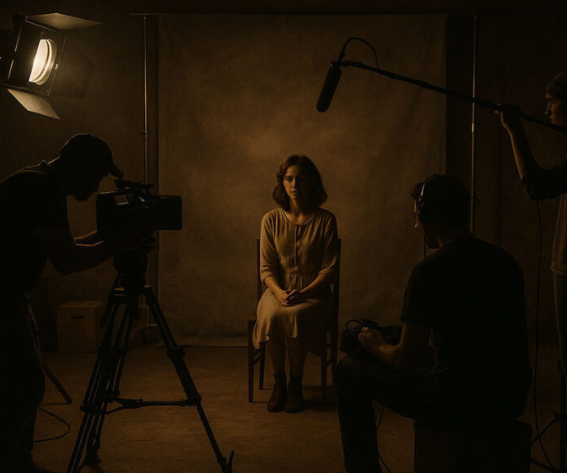The gaming world is witnessing a burgeoning trend of film-based video games, a fusion where cinematic narratives meet interactive play. This trend has roots in early adaptations, where simple translations of films into games set the stage for a more profound convergence. This article looks at how Hollywood’s rich storytelling and cinematic techniques are increasingly influencing the gaming industry.
The Evolution of Film-Based Video Games
The journey of film-based video games began with simple adaptations, where early games often struggled to capture the essence of their cinematic counterparts. These initial attempts were limited by the technology of the time, offering basic gameplay that only superficially resembled the films they were based on. However, as technology progressed, so did the quality of these adaptations.
The introduction of advanced graphics and sophisticated gameplay mechanics allowed for more immersive experiences, closely mirroring the depth and excitement of the films. This evolution is evident in early successes like “GoldenEye 007” for the Nintendo 64, which not only captured the essence of the James Bond film but also set a high standard for future first-person shooters.
Storytelling: From Screenplay to Game Script
The transition from film screenplays to game scripts marked a significant shift in narrative techniques within the gaming industry. This evolution allowed for more complex and engaging storylines, bringing cinematic storytelling to interactive media. Scriptwriters began to play a crucial role in this process, crafting narratives that were faithful to the source material and adapted to the interactive nature of video games.
This approach is seen in games like “The Witcher” series, which, although not directly adapted from a film, demonstrates how rich, narrative-driven storytelling, akin to cinematic experiences, can be effectively translated into the gaming world. These games showcase the potential of well-written scripts to create immersive and compelling gaming experiences that resonate with players.
Cinematic Techniques in Game Design
Cinematic techniques are increasingly being used in video games to enhance player immersion. The game Razor Shark, developed by Push Gaming, showcases how film-inspired visuals enhance player engagement. This game immerses players in an underwater adventure reminiscent of animated classics like Finding Nemo but with a unique twist. The shark themed game features a colorful, animated underwater world, complete with swaying corals and a variety of sea creatures. The main attraction, a fierce yet comical shark, adds thrill and humor to the gameplay.
The game symbols, including seaweed, underwater cameras, and diving gear, contribute to the thematic depth, enhancing the gaming experience. The Great White Shark acts as the Wild symbol, and an orange sea mine represents the Scatter, adding to the game’s dynamic. Razor Shark‘s gameplay is designed to be engaging and rewarding, with a focus on matching symbols across its 20 paylines. The game’s design, from the color palette to the ambient soundtrack, mirrors the immersive quality of films, drawing players into a deeper, more engaging experience.
Character Development and Performance
Video games have increasingly embraced the nuanced character development typically seen in films. This shift has led to more complex and relatable game characters, mirroring the depth of cinematic protagonists. Motion capture and voice acting, often performed by film actors, have further bridged the gap between the two mediums. Games like “The Last of Us” and “Red Dead Redemption 2” are examples of this evolution, offering character arcs that are as profound and emotionally engaging as any film.
Sound and Music: Creating an Audio-Cinematic Experience
Soundtracks and sound design play an important role in video games, much like in films, enhancing the immersive experience and emotional impact. The collaboration between film composers and game developers has led to soundscapes that elevate the narrative and gameplay. Games like “Final Fantasy” and “The Elder Scrolls” series, with their rich, orchestral scores, showcase how music can create a cinematic atmosphere, making the gaming experience more vivid and emotionally resonant.









Leave a reply